Home>diy>Architecture & Design>How Can I Find Original Design Of My House
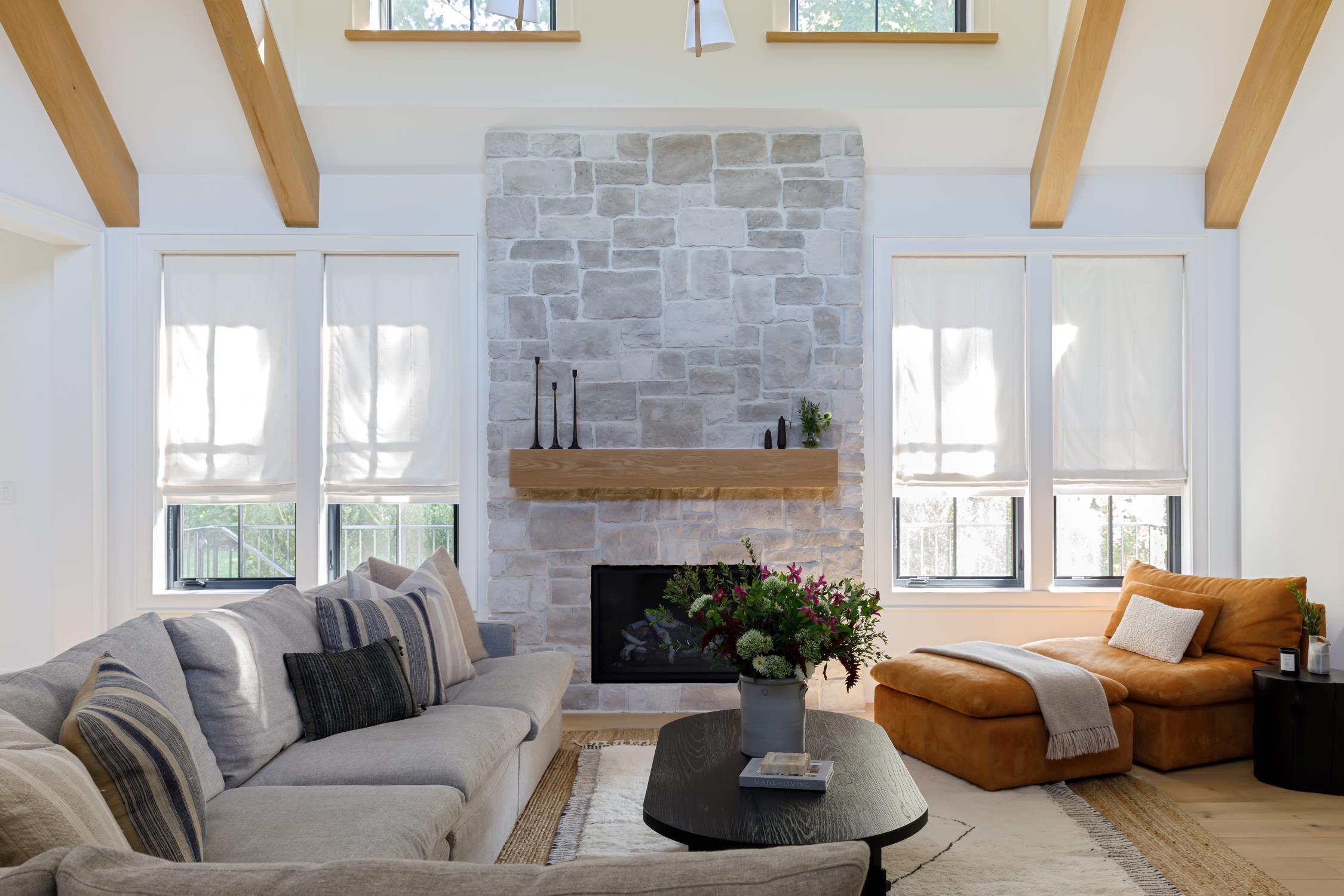

Architecture & Design
How Can I Find Original Design Of My House
Modified: December 7, 2023
Discover the original design of your house with expert architecture design services. Uncover the hidden beauty of your home with our professional team.
(Many of the links in this article redirect to a specific reviewed product. Your purchase of these products through affiliate links helps to generate commission for Storables.com, at no extra cost. Learn more)
Introduction
Welcome to the exciting journey of discovering the original design of your house! Whether you are a homeowner, an architecture enthusiast, or simply curious about the history of your property, unraveling the mysteries of your house’s architectural heritage can be a fascinating and rewarding endeavor. Understanding the original design of your house not only provides insight into its unique features and style but also allows for preservation and restoration efforts that maintain its authenticity.
While finding the original design of your house may seem like a daunting task, advancements in technology, the availability of historical records, and the expertise of professionals make this process more accessible than ever before. In this article, we will explore various methods and resources that can help you in your quest to uncover your house’s original design.
Before diving into the different approaches, it is important to emphasize the significance of finding the original design of your house. Knowing the architectural style, layout, and features of your home not only enhances your appreciation for its design but also helps you make informed decisions regarding renovations, additions, and historical preservation efforts. By understanding the original design, you can better preserve the historical integrity of your house while still incorporating modern touches that suit your needs and preferences.
So, let’s embark on this exciting journey of discovery and learn how to find the original design of your house!
Key Takeaways:
- Uncovering the original design of your house is a fascinating journey that enhances your appreciation for its unique character, guides restoration decisions, and connects you to its rich architectural history.
- Researching historical documents, consulting with experts, and analyzing architectural features are key steps in uncovering the original design of your house, contributing to its preservation and cultural legacy.
Read more: Where Can I Find A Keg For My Kegerator
Understanding the Importance of Finding the Original Design
Uncovering the original design of your house holds numerous benefits and significance, contributing to both personal satisfaction and historical preservation. Here are some key reasons why finding the original design is important:
Preservation of Historical Integrity: Houses tell stories, and each architectural style represents a specific period in history. By understanding the original design, you are preserving the historical integrity of your house and contributing to the collective heritage of your community. It allows future generations to appreciate the architectural heritage and understand the evolution of design trends over time.
Guidance for Restoration and Renovation: If you plan to restore or renovate your house, knowing its original design is crucial. It helps you maintain the authenticity of the structure and make informed decisions about appropriate renovations and alterations. By honoring the original design, you can ensure that the character and charm of your house are preserved.
Inspiration for Interior Design: The original design of your house can serve as a valuable source of inspiration for your interior design choices. It can guide your selection of furniture, colors, and decorative elements that complement the architectural style. By harmoniously blending the original design with your personal style, you create a cohesive and aesthetically pleasing living space.
Accurate Valuation: The original design of your house can impact its value. Historical significance and architectural features unique to a particular style can increase its market value. Moreover, potential buyers who appreciate historical homes are more likely to be attracted to a property with a well-documented original design.
Enhanced Appreciation and Connection: Knowing the original design of your house creates a deeper connection and appreciation for its architecture and history. It allows you to understand the intentions of the original architects and builders, as well as the cultural and societal context in which it was created.
By recognizing the importance of finding the original design of your house, you value the preservation of its historical and architectural heritage. It not only enhances your living experience but also contributes to the collective appreciation and understanding of architectural history in your community.
Researching Historical Documents and Archives
When embarking on the journey to find the original design of your house, historical documents and archives are valuable resources that can provide valuable insights. Here are some steps to help you effectively research historical documents and archives:
1. Local Historical Society and Archives: Start by contacting your local historical society and archives. These organizations often preserve historical records, photographs, maps, and architectural plans related to properties in the area. They can guide you in accessing the relevant documents and provide valuable information about your house’s history and original design.
2. City or County Clerk’s Office: Visit the city or county clerk’s office to explore property records, including deeds, title transfers, and tax records. These records can help you trace the ownership history of your house and potentially uncover original construction permits or plans filed with the municipality.
3. Public Library: Local libraries may have historical newspapers, city directories, and books on local history that can provide valuable information about your house and its original design. Librarians can also guide you to online databases and resources that may be beneficial in your research.
4. Sanborn Maps and Insurance Records: Sanborn maps were detailed fire insurance maps produced for major cities from the late 19th to mid-20th century. These maps often illustrate the footprint, shape, and construction materials of buildings, providing clues about the original design of your house. Insurance records from the past may also contain valuable information about the structure and architectural features.
5. Census Records: Census records can provide insight into the people who lived in your house over the years. They may reveal occupations, family structures, and even the names of architects or builders associated with the property. Online platforms like Ancestry.com or MyHeritage offer access to historical census records.
6. Architectural Journals and Publications: Architectural journals and publications from the time of your house’s construction may feature articles, advertisements, or plan illustrations that correspond to your house’s architectural style or the work of specific architects. Researching these publications can provide valuable context and visual references.
7. Local Historical Newspapers: Local newspapers often contain articles or advertisements related to the construction or unveiling of notable buildings in the area. These sources can give you a glimpse into your house’s original design and the architects or builders involved.
By tapping into historical documents and archives, you can uncover a wealth of information about your house’s original design. The research process requires patience and persistence, but the reward of discovering fascinating details about your home’s history and architecture is well worth the effort.
Consulting with Local Historians and Experts
When delving into the journey of uncovering the original design of your house, seeking the expertise of local historians and experts can greatly enhance your research efforts. These individuals possess in-depth knowledge of the area’s history and architectural styles, and can provide invaluable insights. Here’s how you can benefit from consulting with local historians and experts:
1. Local Historical Society: Contact your local historical society and inquire about experts or historians who specialize in architectural history or the specific period in which your house was built. They may be able to provide guidance or put you in touch with the right individuals who can assist with your research.
2. Preservation Organizations: Explore local preservation organizations or architectural heritage groups. These organizations often have experts on staff who can offer their knowledge and expertise in identifying the original design of houses in the area. They may also provide resources, workshops, or events related to architectural history and preservation.
3. Local Universities or Colleges: Many universities or colleges offer architectural history or preservation programs. Reach out to professors or students in these fields and inquire if they can provide support or guidance in uncovering the original design of your house. They may be interested in conducting research or using your house as a case study for educational purposes.
4. Professional Architects and Historians: Consider hiring a professional architect or historian who specializes in architectural research and historical preservation. These experts have access to resources and databases that may not be readily available to the general public. They can help you analyze architectural styles, review historical documents, and even create accurate renderings or drawings of your house’s original design.
5. Local Libraries and Archives: Librarians and archivists at local libraries and archives are knowledgeable about the available resources and may have come across relevant information related to your house’s original design. Seek their expertise and ask for guidance in your research.
6. Networking and Community Engagement: Attend local community events, lectures, or workshops focused on architectural history or preservation. Engaging with like-minded individuals and experts in the field can lead to connections and insights that may prove invaluable in your quest to uncover the original design of your house.
By consulting with local historians and experts, you can tap into their wealth of knowledge and experience, gaining valuable guidance and support in your research endeavors. These individuals can provide you with unique perspectives and resources that will greatly enrich your understanding of your house’s original design and historical context.
Exploring Your House’s Architectural Style and Features
One of the most exciting steps in uncovering the original design of your house is exploring its architectural style and features. This hands-on approach allows you to closely examine the physical characteristics of your house and compare them to established architectural styles. Here are some tips to help you in this exploration:
1. Visual Analysis: Start by visually analyzing the exterior and interior of your house. Look for distinctive architectural elements such as roof shapes, window styles, facade details, and decorative accents. Take note of any unique features that might indicate a specific architectural style.
2. Architectural Styles Reference Guide: Refer to architectural style reference guides or books that provide detailed descriptions, illustrations, and examples of various architectural styles. These resources can help you identify the architectural style that closely matches your house based on its external characteristics.
3. Elements of Design: Pay attention to the proportions, materials used, and overall design principles evident in your house. These elements can provide clues about the architectural style and help you understand the original intention of the design.
4. Local Architectural History: Research the architectural history of your area to gain insights into popular styles of the time when your house was built. Local historical records, books, or articles may shed light on the prevailing architectural preferences and trends during that period.
5. Comparisons and Analyses: Compare the features of your house to known examples of architectural styles. Look for similarities in design, rooflines, windows, and ornamental details. Make notes or sketches of these comparisons to better understand your house’s architectural style.
6. Professional Opinion: If you are unsure about the architectural style of your house, consider hiring an architect or architectural historian. Their expertise can provide a professional analysis and identification of the architectural style, as well as insight into unique design elements or period-specific details of your house.
7. Interior Features: The interior of your house may also hold clues about its original design. Look for characteristic structural details, moldings, staircases, or fireplace styles that are associated with specific architectural styles. These elements can further confirm the architectural style of your house.
8. Historical Periods and Influences: Consider the historical context of the time when your house was built. Architectural styles often reflect the cultural and social influences prevalent during that period. Understanding the historical context can provide additional insights into the design choices of your house.
Exploring your house’s architectural style and features allows you to appreciate its unique design and historical significance. By understanding the architectural style, you can identify the predominant design elements and make informed decisions regarding restoration or renovations to maintain the integrity of your house’s original design.
Analyzing Photographs and Sketches
Photographs and sketches can be valuable resources in your quest to uncover the original design of your house. These visual records provide a glimpse into the past, capturing the architectural details and design elements that may have changed over time. Here are some tips on how to analyze photographs and sketches effectively:
1. Collect Historical Photographs: Gather as many historical photographs of your house as possible. These can include old family photos, images from local historical societies, or even images found in online archives. Look for photographs taken during the time when your house was originally built or shortly thereafter.
2. Compare Changes over Time: Analyze the photographs chronologically to observe any changes or modifications made to the original design. Look for features that have been added, altered, or removed. This analysis can help you differentiate between original elements and later additions.
3. External Architectural Details: Scrutinize the exterior architectural details in the photographs. Pay attention to rooflines, window styles, decorative elements, and distinctive features. Compare these details to known examples of architectural styles to narrow down the possibilities.
4. Interior Layout and Features: Explore the interior of your house through photographs. Analyze the layout, room configurations, and notable architectural features such as fireplaces, moldings, and staircases. This examination can provide valuable insights into the original design and the architectural style used.
5. Seek Clues in Background Details: Look beyond the main subject of the photograph and pay attention to the surrounding structures or landscape. Nearby buildings, street signs, or landmarks visible in the background can help establish the location and provide additional context for your house’s original design.
6. Sketches and Architectural Plans: If you have access to any original sketches or architectural plans of your house, thoroughly analyze them. Study the architectural drawings, floor plans, and elevations to understand the design intent and reveal details that may have been altered or lost over time.
7. Seek Professional Assistance: If you are unsure about the analysis of the photographs and sketches, consider consulting with architectural historians, preservationists, or professional architects. Their expertise can help you interpret the visual records accurately and provide further insights into the original design of your house.
By analyzing photographs and sketches, you can unravel the visual history of your house and gain valuable insights into its original design. These visual records offer a glimpse into the past, enabling you to appreciate and understand the architectural elements and style that define your home’s unique character.
You can find the original design of your house by checking with the local building department for any available blueprints or permits. You can also look for historical records or contact the previous owners for any documentation.
Reviewing Original Blueprints and Floor Plans
Original blueprints and floor plans can be invaluable resources when uncovering the original design of your house. These documents provide detailed and accurate representations of the architectural layout, dimensions, and features of the structure. Here are some steps to help you review and analyze the original blueprints and floor plans:
1. Locate the Original Documents: Start by determining if the original blueprints and floor plans of your house are available. Contact the architect, builder, or previous owners who may have retained these documents. Alternatively, check with local historical societies, archives, or building departments where such records may be preserved.
2. Understand the Key Components: Familiarize yourself with the different parts of a blueprint or floor plan. This includes understanding the various symbols, scales, and notations used by architects and designers. Gain knowledge about the conventions used to represent walls, doors, windows, and other architectural elements.
3. Analyze the Layout and Design: Carefully study the layout and design of the original blueprint or floor plan. Identify the different rooms, their dimensions, and the overall flow of the house. Look for any unique or distinctive spaces that may indicate a particular architectural style or period.
4. Pay Attention to Architectural Details: Focus on the finer architectural details indicated on the plans. Look for features such as fireplaces, moldings, built-in furniture, or other decorative elements. These details can provide valuable insights into the original design and craftsmanship of your house.
5. Compare to Current Layout: Compare the original blueprint or floor plan to the current layout of your house. Identify any changes, additions, or modifications that have been made over time. This analysis can help you distinguish between original design elements and later alterations.
6. Seek Professional Assistance: If you lack experience in reading or interpreting blueprints and floor plans, consider consulting with an architect or architectural historian to assist you. They have the expertise to decipher the technical details and provide insights into the original design and architectural features of your house.
7. Document and Preserve the Originals: Once you have reviewed the original blueprints and floor plans, make sure to keep them safe and properly preserved. These documents are valuable historical records and should be protected for future reference and potential restoration purposes.
Reviewing the original blueprints and floor plans of your house offers a direct glimpse into its architectural design and layout. By studying these documents, you can gain a deeper understanding of your house’s original design intent, accurately assess any changes made over time, and make informed decisions regarding restoration or renovation projects.
Checking with Previous Owners or Descendants
One of the most valuable sources of information when uncovering the original design of your house is contacting previous owners or their descendants. These individuals may possess firsthand knowledge, stories, or even physical records that can shed light on the history and original design of your house. Here’s how you can go about checking with previous owners or descendants:
1. Research Ownership History: Start by researching the ownership history of your house. Look for property deed records, title transfers, or any available historical documentation that may provide information about previous owners or their descendants. Online property databases or local government offices can be helpful in this regard.
2. Make Contact: Once you have identified previous owners or descendants, reach out to them via letter, phone call, or email. Introduce yourself, explain your interest in the house’s history and original design, and kindly request any information or records they may be willing to share.
3. Schedule a Meeting: If the previous owners or descendants are open to it, arrange a meeting or visit to discuss the history of the house. This allows for a more personal and in-depth conversation, giving you the opportunity to ask specific questions and potentially view any relevant photographs, documents, or memorabilia they may have.
4. Ask about Renovations or Changes: Inquire about any renovations, additions, or changes made to the house during the ownership of previous occupants. This information can help you separate the original design elements from subsequent alterations.
5. Seek Stories or Anecdotes: Encourage previous owners or descendants to share any stories, memories, or anecdotes related to the house. These personal accounts can provide valuable insights into the original design, construction process, architectural features, or notable events associated with the house’s history.
6. Request Copies of Records or Documentation: Politely ask if they have any photographs, sketches, blueprints, or other documents related to the construction or original design of the house. These records can be crucial in unraveling the architectural history and understanding the intended design elements.
7. Express Gratitude: Regardless of the amount of information or records they can provide, always express your gratitude and appreciation for their time and willingness to share their knowledge. Building a positive rapport and maintaining a respectful relationship can open doors for further discussions or collaborations in the future.
Checking with previous owners or descendants can uncover hidden gems of information and personal stories that enhance your understanding of the original design and history of your house. Their unique perspective and firsthand experiences provide valuable insights that cannot be found in official documents or archives.
Conducting a Title Search and Property Records Investigation
When exploring the original design of your house, conducting a thorough title search and property records investigation can provide valuable information about its history, ownership, and any associated architectural documents. Here are the steps to conduct a title search and property records investigation:
1. Start with the County Recorder’s Office: Begin by visiting or contacting the county recorder’s office where your property is located. This office maintains records related to property ownership, deeds, mortgage documents, and other relevant paperwork.
2. Obtain Property Deeds: Request copies of property deeds that trace the ownership history of your house. These documents will show the names of previous owners and the dates of ownership transfers. Analyzing the sequence of ownership can help you track down individuals who may have information about the original design.
3. Examine Mortgage Records: Mortgage records may provide additional information about the history of your house, including any loans or mortgages taken out by previous owners. These records can help you identify timelines and potential points of contact with individuals who may have knowledge about the original design.
4. Review City Directories and Tax Assessments: City directories and tax assessments can provide useful information about the occupants and their occupations during specific periods of time. These records can help you in identifying previous owners or descendants who may have insights into the original design.
5. Research Historical Society Archives: Local historical societies often house archives that include property records, photographs, and other historical documents. Consult these archives to gather information on the architectural history of your house and its original design.
6. Analyze Building Permit Records: Building permit records can offer insights into any construction or renovation work done on your property. By examining these records, you can identify any permits obtained for the original construction or subsequent modifications, providing clues about the original design.
7. Consult with a Title Company or Real Estate Attorney: If you encounter challenges or require assistance in conducting a comprehensive title search and property records investigation, consider consulting with a title company or real estate attorney. They are experienced in navigating property records and can provide guidance in accessing relevant information.
8. Follow Legal and Ethical Guidelines: It is crucial to abide by legal and ethical guidelines when conducting property records investigations. Respect privacy laws and use the information obtained solely for research purposes. Seek appropriate permissions when contacting previous owners or descendants for information.
By conducting a title search and property records investigation, you can uncover vital information about the history of your house, trace ownership, and potentially discover architectural documents or records that contribute to uncovering the original design. This research provides a deeper understanding of your house’s past and its architectural heritage.
Read more: Why Can’t I Find My Printer On My Phone
Utilizing Online Resources and Databases
In this digital age, online resources and databases offer a wealth of information and tools to aid in your quest to uncover the original design of your house. From historical records to architectural resources, here is how you can effectively utilize online resources and databases:
1. Online Historical Archives: Many organizations and institutions digitize their historical archives and make them available online. Explore websites of local historical societies, libraries, or government agencies that provide access to digitized documents, photographs, maps, and other records pertaining to your house’s history and original design.
2. Online Property Search: Utilize online property search platforms or government websites that provide property information, including ownership history, tax records, and even digital copies of deeds. These platforms can help you track down previous owners and gather additional information about the original design of your house.
3. Architectural Style Guides and Websites: Numerous online resources focus on architectural styles and provide detailed information on various periods and designs. Refer to these guides and websites to compare architectural features and elements, helping you identify the architectural style or styles that may be associated with your house.
4. Digital Libraries and Newspaper Archives: Digital libraries and newspaper archives contain vast collections of historical books, articles, and newspaper publications. These resources can provide insights into architectural trends, construction techniques, and significant architectural projects of the time when your house was built.
5. Online Maps and Sanborn Fire Insurance Maps: Digital maps and platforms allow you to explore historical maps of your area. Sanborn fire insurance maps, in particular, provide detailed information about the layout and structures of buildings during specific periods. This information can give you clues about the original design of your house.
6. Online Genealogical Research: Online genealogical websites and databases can assist in tracing the history of previous owners or their descendants. By researching family trees, census records, and historical documents, you may uncover connections and potentially find individuals who have information about the original design or architectural history of your house.
7. Architectural Image Databases: Online architectural image databases feature photographs and drawings of various architectural styles. These resources can serve as visual references, helping you compare architectural elements and identify design influences that relate to your house’s original design.
8. Online Forums and Discussion Groups: Participate in online forums and discussion groups dedicated to architectural history, historical preservation, or local history. Engage with fellow enthusiasts, researchers, or experts who may have encountered similar challenges or have pertinent knowledge about the original design of houses in your area.
By harnessing the power of online resources and databases, you can access a vast amount of information, connect with like-minded individuals, and explore digital collections related to architectural history. These tools significantly enhance your research process and contribute to uncovering the original design of your house.
Hiring a Professional Architect or Historian
When seeking to uncover the original design of your house, enlisting the expertise of a professional architect or historian can provide invaluable insights and a deeper understanding of its architectural history. Here’s how hiring a professional architect or historian can assist you:
1. Extensive Knowledge and Expertise: Professional architects and historians specialize in architectural research, history, and design. They possess in-depth knowledge of architectural styles, construction techniques, and historical context. Their expertise allows them to analyze the architectural elements of your house and provide accurate information about its original design.
2. Architectural Analysis and Identification: Professional architects can analyze the structural features, materials used, and design elements of your house to determine its architectural style. They can identify the architectural influences and help you understand the creative decisions made by the original designers or builders.
3. Interpreting Historical Documents and Records: Professional historians are skilled in researching and analyzing historical documents, property records, and architectural plans. They can navigate archives, libraries, and databases to uncover relevant information about your house’s original design. They can interpret complex architectural drawings, blueprints, and other documents to identify key details and provide historical context.
4. Preservation and Restoration Expertise: If you are considering preserving or restoring your house to its original design, a professional architect or historian can guide you in making informed decisions. They have experience in historical preservation techniques and can advise on maintaining the authenticity of your house while accommodating modern living needs.
5. Access to Specialized Resources: Professional architects and historians have access to specialized resources, databases, and networks that may not be available to the general public. They can tap into these resources to gather information, contact experts in the field, or access unique archival data that aids in uncovering the original design of your house.
6. Detailed Research and Documentation: Hiring a professional ensures a comprehensive and meticulous research process. They will document their findings, provide detailed reports, and may even create accurate renderings or visual representations of your house’s original design based on historical analysis and architectural expertise.
7. Collaborative Approach: Working with a professional architect or historian allows you to collaborate closely with an expert who shares your passion for uncovering the original design of your house. They can involve you in the research process, share their findings, and engage in meaningful discussions that deepen your understanding of your house’s architectural history.
8. Building Relationships for Future Assistance: Hiring a professional establishes a relationship with someone knowledgeable about your house’s history and architectural design. This relationship can be valuable for future projects, inquiries, or further exploration of your house’s historical and architectural significance.
By hiring a professional architect or historian, you gain access to their expertise, research skills, and specialized knowledge in architectural history. They can guide you in uncovering the original design of your house and provide insights that enhance your appreciation and understanding of its architectural heritage.
Conclusion
Uncovering the original design of your house is an exciting and rewarding journey that allows you to connect with its rich history, architectural heritage, and the creative vision of its original designers or builders. By utilizing a variety of research methods and resources, you can piece together a comprehensive understanding of your house’s architectural past. Throughout this article, we have explored various approaches to help you in this quest.
We started by understanding the importance of finding the original design, emphasizing the preservation of historical integrity, guidance for restoration and renovation, inspiration for interior design, accurate valuation, and enhanced appreciation and connection. Recognizing these benefits lays a foundation for your motivation to uncover the original design of your house.
We discussed researching historical documents and archives, consulting with local historians and experts, exploring your house’s architectural style and features, analyzing photographs and sketches, reviewing original blueprints and floor plans, checking with previous owners or descendants, conducting a title search and property records investigation, utilizing online resources and databases, and hiring a professional architect or historian.
Each method offers unique contributions to your research, allowing you to piece together the puzzle of your house’s architectural history. Whether it is combing through historical records, visually analyzing architectural details, or seeking the expertise of professionals, each step helps build a comprehensive picture of your house’s original design.
Remember, this journey requires patience, curiosity, and persistence. As you discover new information, it is important to document and preserve it for future reference and enjoyment.
Uncovering the original design of your house not only deepens your appreciation for its unique character but also enhances your ability to preserve its historical integrity. It allows you to make informed decisions regarding renovations, restorations, and interior design choices while showcasing your house’s authentic architectural beauty.
Embrace the journey of unraveling the secrets of your house’s past, and enjoy every discovery along the way. By understanding and preserving the original design, you are contributing to the legacy and cultural heritage of your house, ensuring that its architectural story continues to be told for generations to come.
Frequently Asked Questions about How Can I Find Original Design Of My House
Was this page helpful?
At Storables.com, we guarantee accurate and reliable information. Our content, validated by Expert Board Contributors, is crafted following stringent Editorial Policies. We're committed to providing you with well-researched, expert-backed insights for all your informational needs.
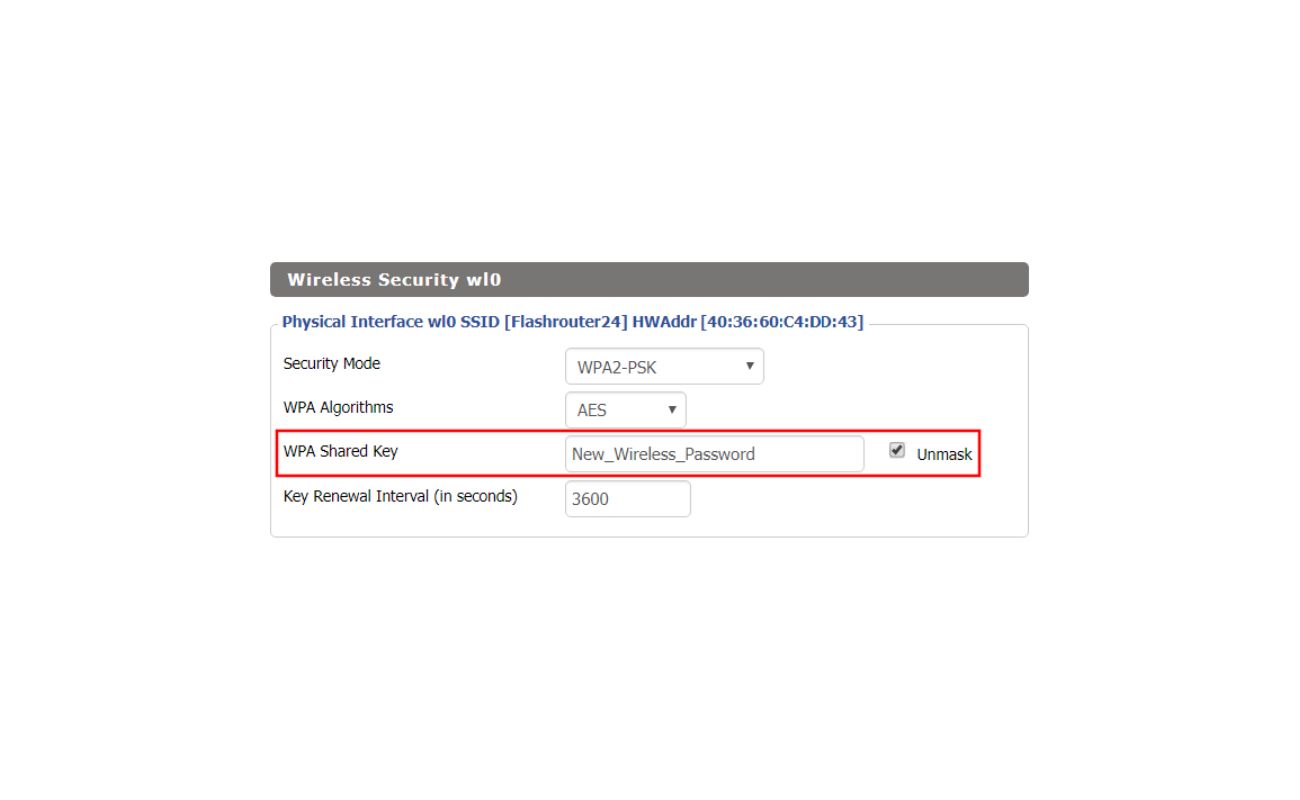
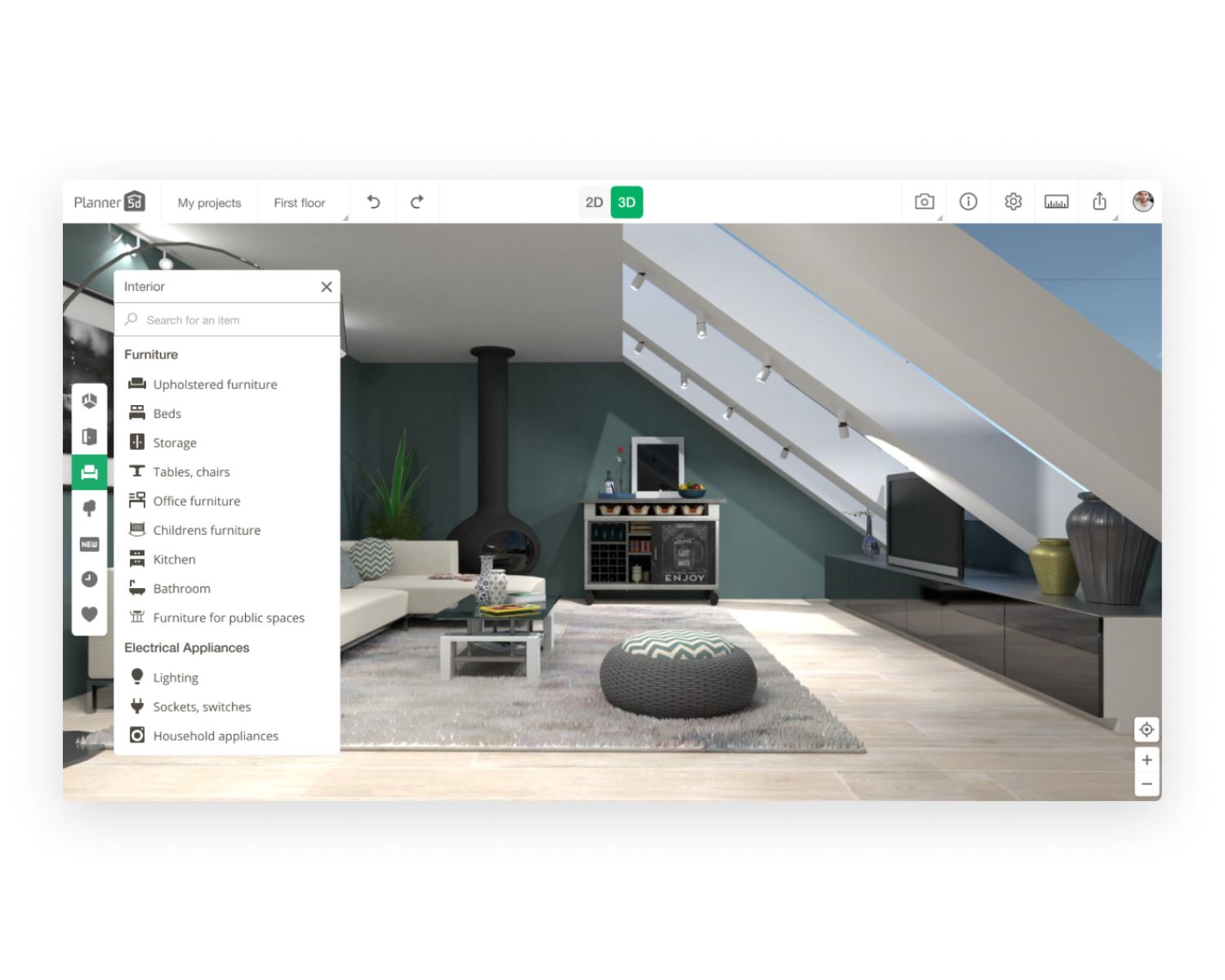
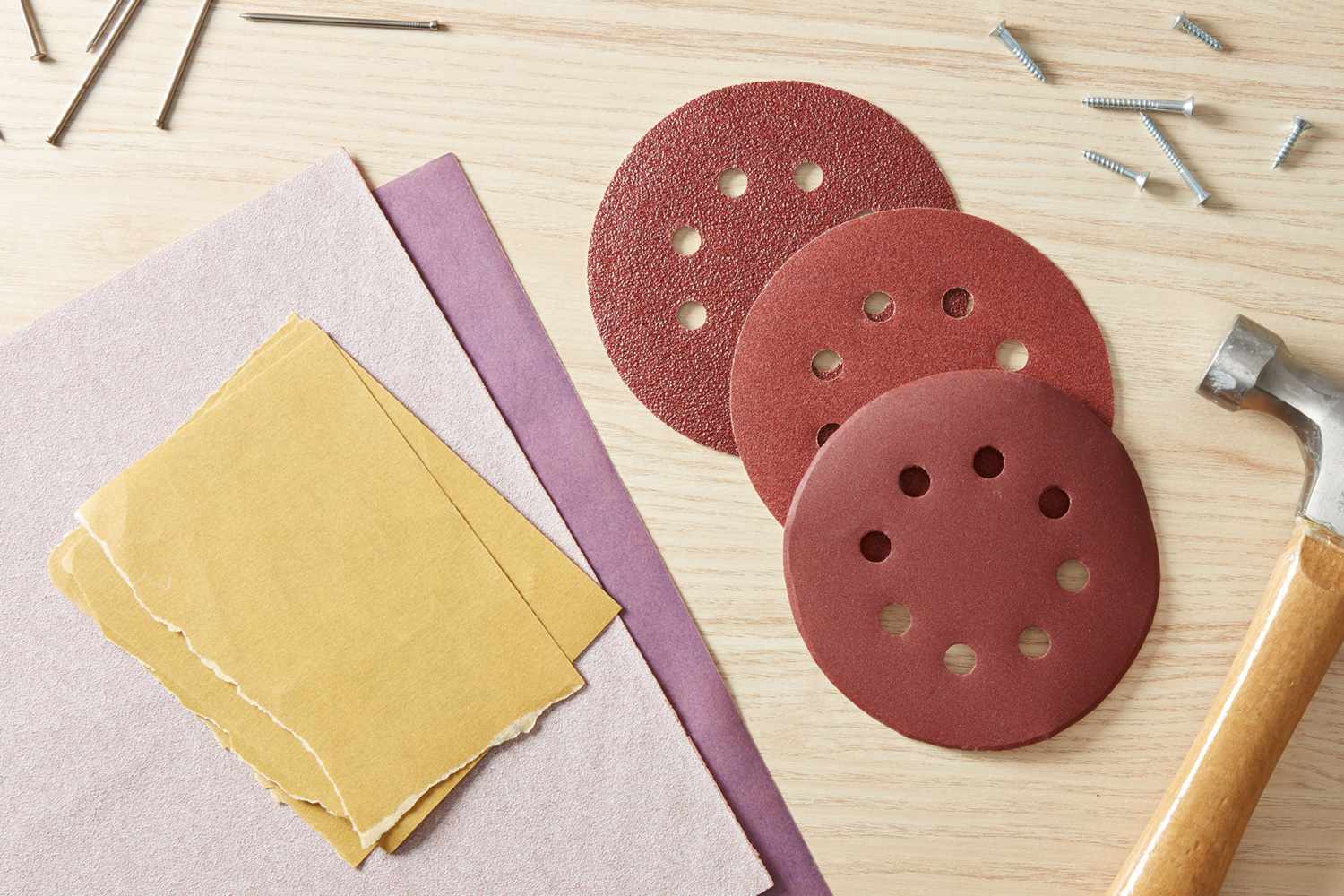
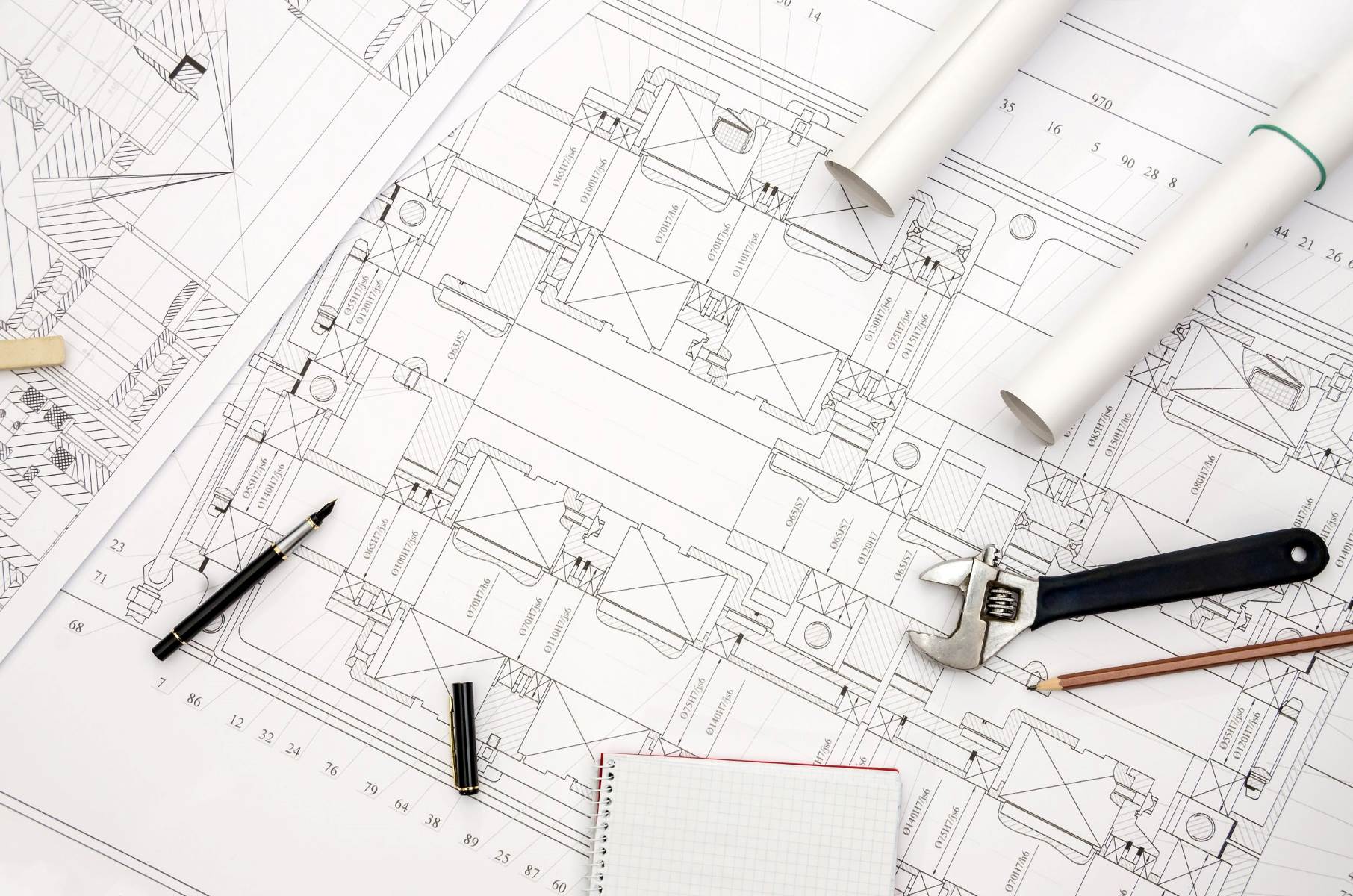
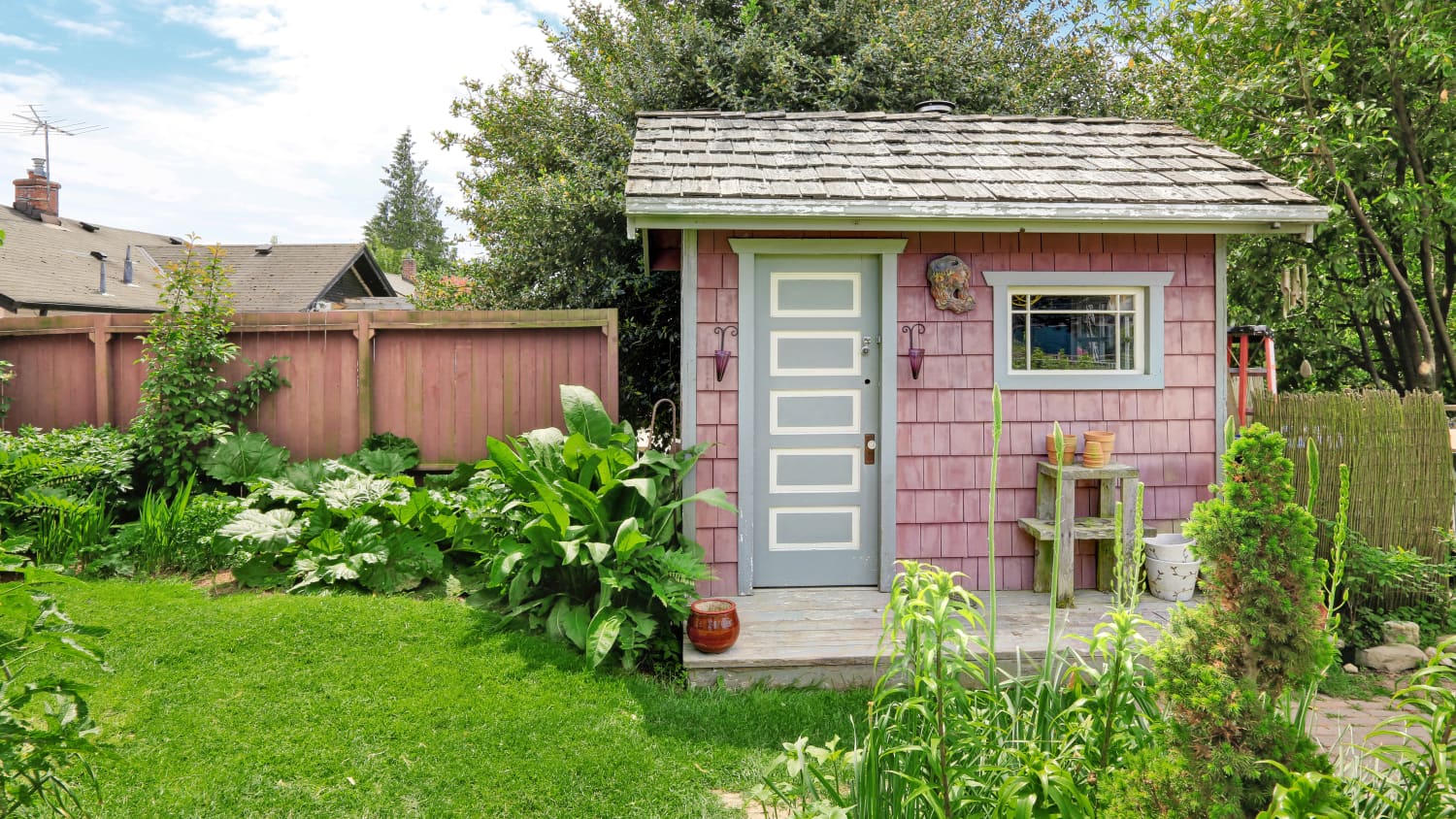

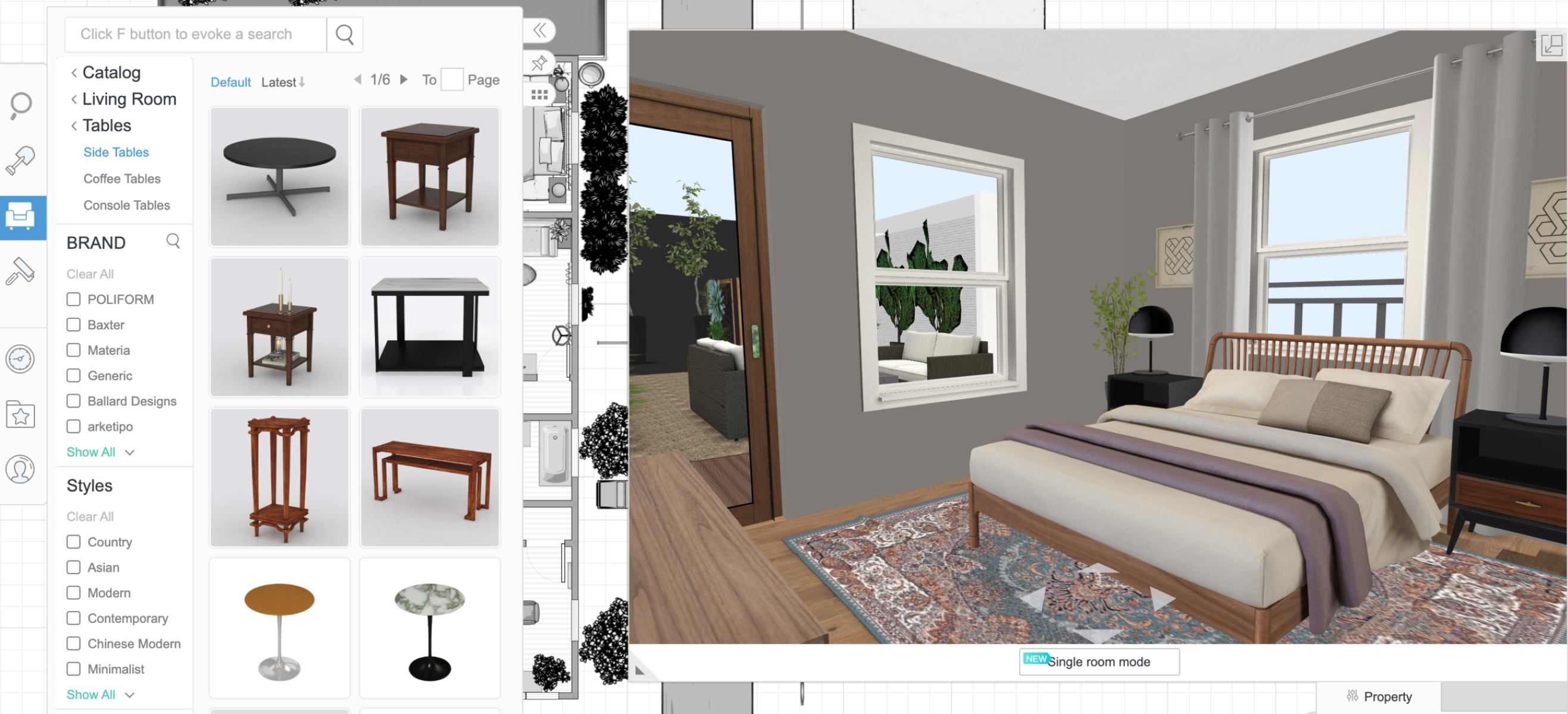
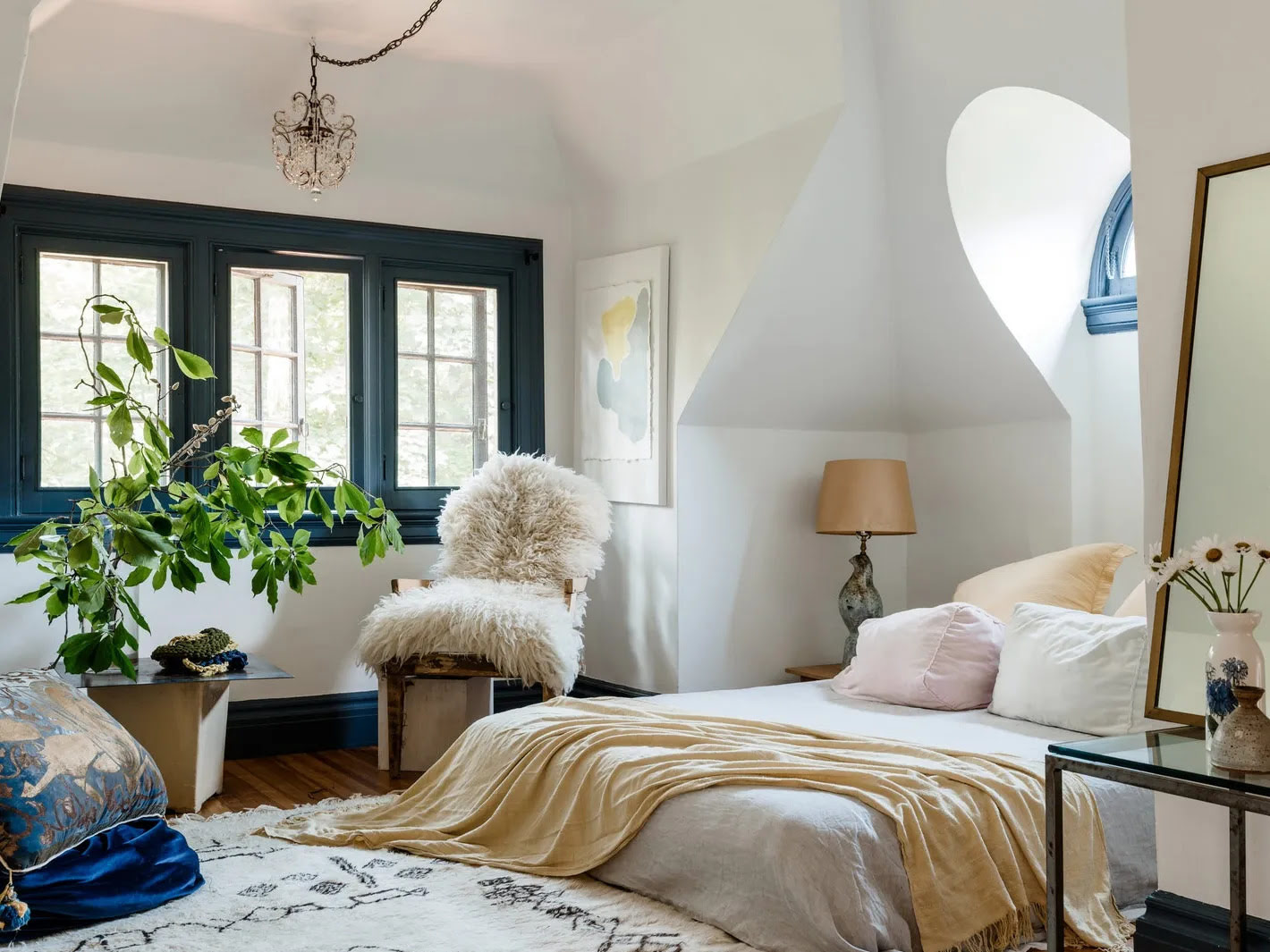
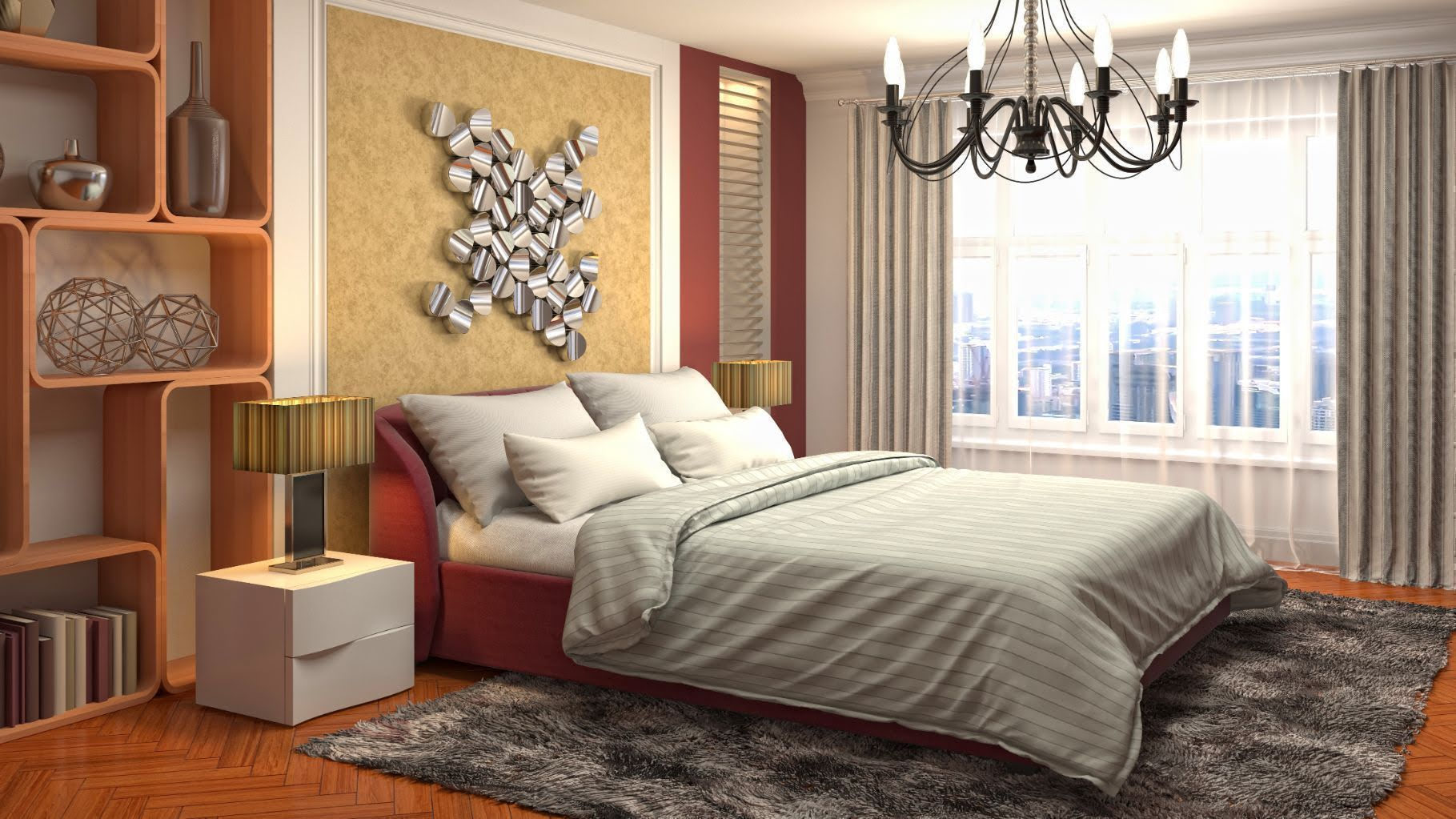



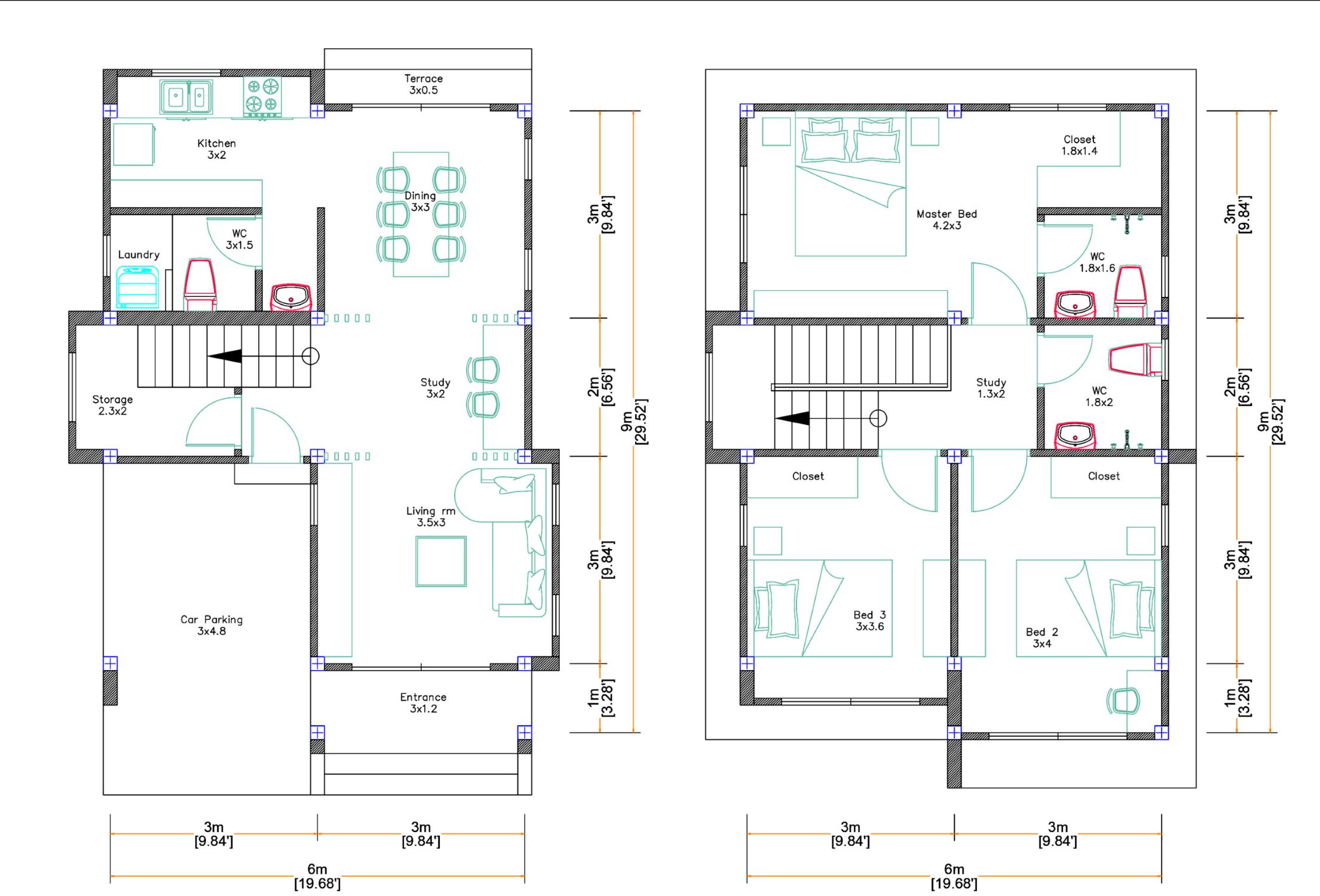

0 thoughts on “How Can I Find Original Design Of My House”